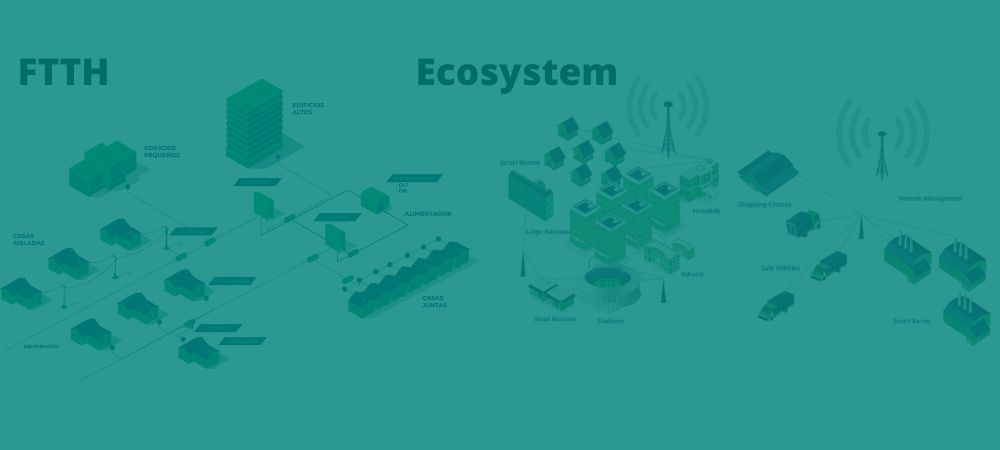 The retrospective is a periodic meeting that the team holds at the end of the sprint to explicitly reflect on the most important events that occurred since the previous meeting and make decisions for remediation or improvement. They can also be performed after the execution of a process, since it is a point of inspection and adaptation of our processes and equipment.
The retrospective is a periodic meeting that the team holds at the end of the sprint to explicitly reflect on the most important events that occurred since the previous meeting and make decisions for remediation or improvement. They can also be performed after the execution of a process, since it is a point of inspection and adaptation of our processes and equipment.
This meeting, also known as retro, uses an established format that invites team members, both individually and jointly, to specify what has worked well, what problems arose, and what are the improvement actions that will solve the problems encountered, improve the way of working and achieve the proposed objective.
Retros promote team ownership and accountability for their processes and results, and are a natural source of opportunities to improve team performance. They usually have a duration of 1 hour and 30 minutes for a 2-week sprint.
Sometimes, the feedback does not flow as expected, encountering problems such as: low participation of team members, repetitive topics, feeling of wasting time, uncomfortable atmosphere or conflict avoidance.
For a Retro to be effective it must comply:
- Reveal facts or assessments that have measurable effects on the team’s performance, avoiding subjective and general lamentations and dramatizations.
- It requires a trusting environment where each participant feels comfortable expressing his or her opinions and points of view.
- Be prepared in advance in order to include a dynamic that facilitates participation and an environment conducive to retro.
- Generate actions that can form a backlog of improvement tasks.
- Prioritize the improvement backlog and select the tasks, usually 1 or 2 are sufficient, that can be addressed in the next sprint. They can be placed in the Sprint backlog.
- Repetitive problems that arise at each retrospective, with no measurable improvement over time, may indicate that the retro needs a change in strategy.
- A moderator must lead the retro: a) Explain the dynamics, b) Establish meeting agreements, for example, ask for the floor, listen to others when they speak, mute the microphone, turn on the camera, do not answer the cell phone during the meeting, etc.) c) Follow up on the actions of the previous retro, d) Control the timebox of each topic, e) Motivate participation, among others.
Esther Derby and Diana Larsen, authors of the book ‘Agile Retrospectives (Making good teams great)‘, suggest organizing retros in 5 steps:
- Set the stage: break the ice or ‘set the stage’ by asking questions or choosing dynamics aimed at encouraging people to participate.
- Gather data: collect information about the last interaction: what was done well and helped achieve the objectives, and what was done poorly or created impediments.
- Generate insights: with the results of the previous step, generate expectations regarding the next interaction, seeing what things should be avoided, what risks can be taken and what new objectives can be set.
- Decide what to do: define actions that can be taken by the team or establish agreements to achieve objectives or mitigate risks. If there are many actions, form a backlog of improvement actions and prioritize what can be done in the next sprint.
- Close the retrospective: regardless of how the retro went, the team should leave motivated and encouraged to face the next sprint.
In relation to the dynamics that best support a retro, in the portal All About Retrospectives. The Retromat-Blog, a set of tips, resources and dynamics is included, including remote retrospectives.
Other references for further information:
- Javier Garzas describes one of the most used dynamics:
The sailboat
- Kaleidos. A series of fun retrospectives
- Agile Experience: Tools for remote retrospectives
María Esther Remedios
@soy.agile.coach




